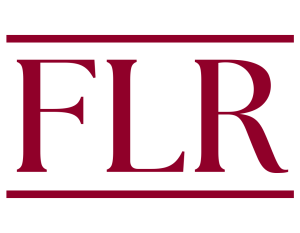During World War II, hundreds of thousands of works of art were confiscated by Nazis under the direction of Adolf Hitler or sold for less than market value by members of the Jewish community fleeing Nazi Germany. Shockingly, an estimated 100,000 of the 600,000 works that were taken are still missing today. In recognition of the need for laws that adequately assist original owners (and their heirs) in recovering these works of art, the U.S. Congress passed the Holocaust Expropriated Art Recovery Act of 2016 (“the HEAR Act”). The HEAR Act supplanted state statutes of limitations for Naziconfiscated artwork with a national six-year statute of limitations. A cause of action for replevin of Nazi-confiscated artwork under the HEAR Act accrues once the original owner has “actual knowledge” of a claim against the current possessor. The HEAR Act contains a sunset provision—causing it to expire on January 1, 2027. Upon expiration, the law applied to cases of Nazi-confiscated art recovery will revert to state statutes. This Note examines two state accrual rules for causes of action for replevin of personal property—the discovery rule and the demand and refusal rule—and proceeds to examine their strengths and weaknesses. This Note suggests that the HEAR Act should be used as a model for states to address the need for claimant-friendly accrual rules for causes of action for replevin. Ultimately, this Note argues that upon expiration of the HEAR Act: (1) states, rather than the federal government, should adopt the demand and refusal rule; (2) the rule should be applied to all types of stolen chattels, not just Naziconfiscated art; (3) demand and refusal should be applied to thieves and badfaith purchasers, not just good-faith purchasers; (4) the rule should not be applied retroactively to avoid constitutionality concerns; and (5) the duration of the statute of limitations should be shortened.

